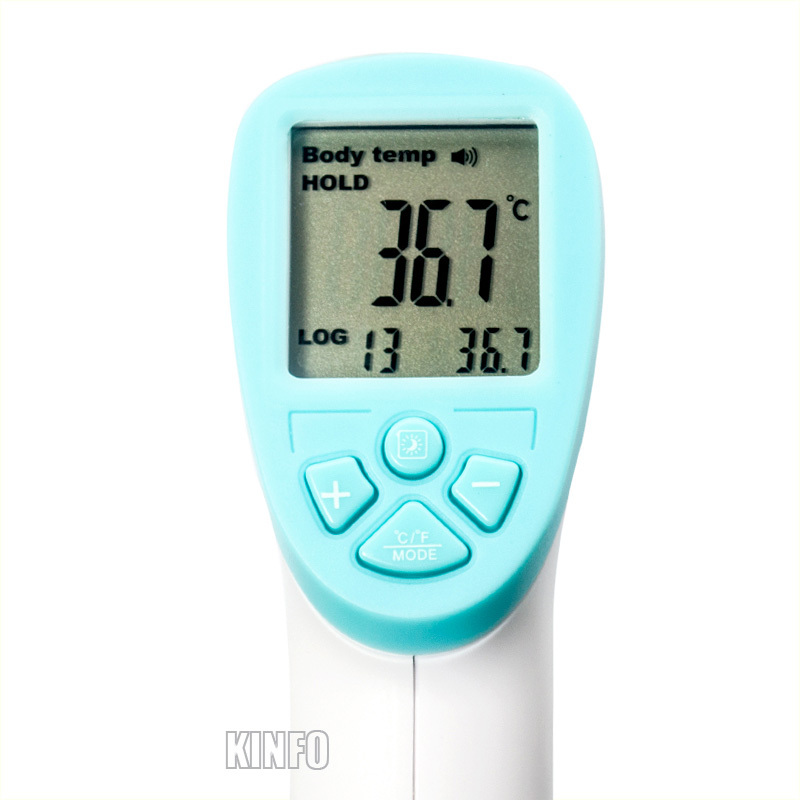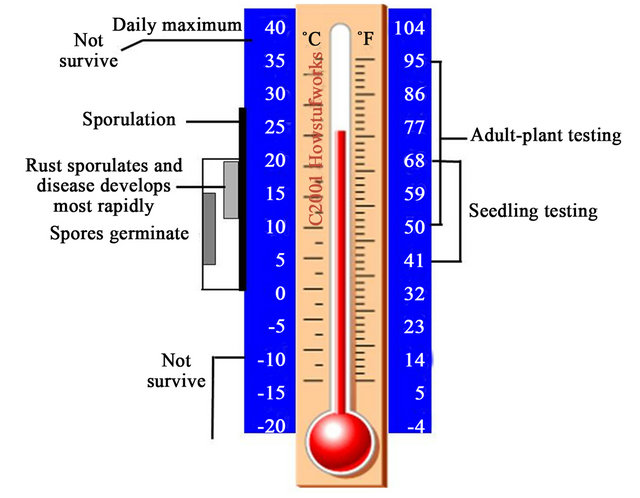A fever– also known as a high fever or a high temperature — is not by itself an illness. It’s usually a symptom of an underlying condition, most often an infection. Fever is usually associated with physical discomfort, and most people feel better when a fever is treated. But depending on your age



What is normal? Your normal body temperature changes. These changes can be caused by exercise, eating, sleeping and even the time of day – you’ll usually find that your temperature is highest in the early evening and lowest in …



A fever is a body temperature of 100.4 F or greater. Read about causes of fever in adults, symptoms, treatment, medications that may cause fevers, and different types of fevers. Plus, learn how to reduce a fever.

Aug 04, 2014 · 636 n engl j med 371;7 nejm.orgAugust 14, 2014 The new england journal of medicine B etween 1990 and 1999, seasonal in-fluenza caused an average of 36,000 deaths and 226,000 hospitalizations per year in the United States.1-3 Adults 65 years of age or older are particularly vulnerable to complications

High-Flow Nasal Cannula Oxygen Therapy in Adults: Physiological Benefits, Indication, Clinical Benefits, and Adverse Effects Masaji Nishimura MD PhD
High-flow nasal cannula (HFNC) oxygen therapy is carried out using an air/oxygen blender, active humidifier, single heated tube, and nasal cannula. Able to deliver adequately heated and humidified medical gas at flows up to 60 L/min, it is considered to have a number of physiological advantages compared with other standard oxygen …

Do you know what your temperature should be? Find out what’s too high, too low, and (pretty much) just right.
Hypothermia is a serious condition that occurs when you lose too much body heat. For adults, a body temperature that dips below 95°F (35°C) is a sign of hypothermia. Most people associate hypothermia with being outside in cold weather for long periods of time.
31 References; 162 Citing Articles; Abstract Background. As compared with a standard-dose vaccine, a high-dose, trivalent, inactivated influenza vaccine (IIV3-HD) improves antibody responses to influenza among adults 65 years of age or older.

A fever–as anyone who has ever come down with the flu knows–is an elevated body temperature. Technically, 98.6 degrees Fahrenheit is considered normal; a fever is defined as a temp of 100.4 Fahrenheit or higher.